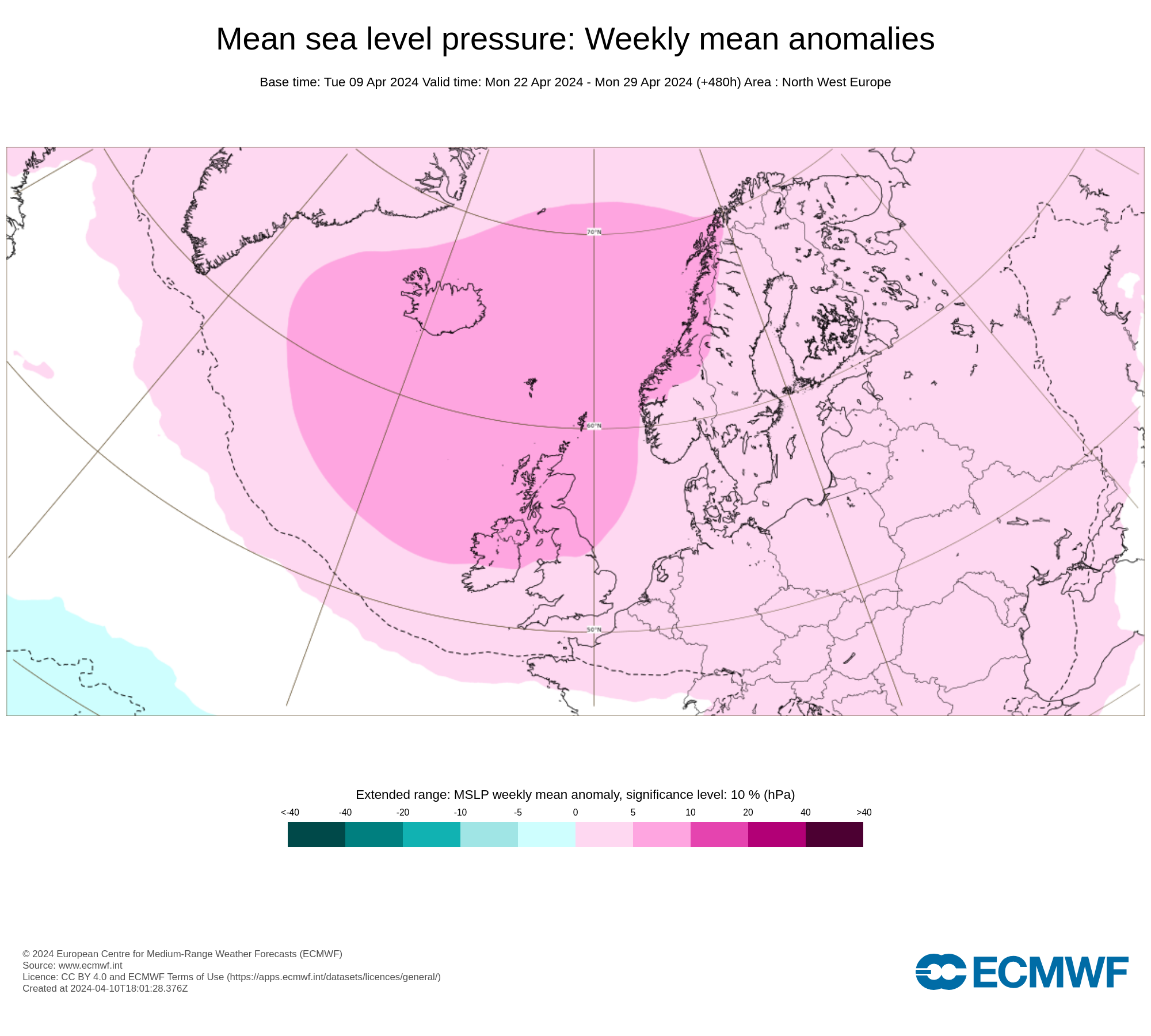Check out the Lyrid meteor shower which peaks over the next 2 nights
The 2020 Lyrid meteor shower this week coincides with the new moon, meaning that there will be absolutely no lunar interference with getting a good view of these celestial streakers. Lyrid meteors may be seen any night through April 25; they are above a quarter of their maximum in numbers for about 2.5 days of this time.
On their peak night, which occurs overnight on Tuesday (April 21) and into the early hours of Wednesday (April 22), as many as 10 to 20 meteors per hour may be visible under dark, clear skies. The peak usually lasts for just a few hours. In 2020, according to the Observer's Handbook of the Royal Astronomical Society of Canada
About 20 to 25 percent of them tend to leave a lingering incandescent trail behind it for a few moments. Their orbit strongly resembles that of Comet Thatcher which swung past us during the spring of 1861. There is no chance that anyone living today will see this comet when it returns to the inner solar system, as it isn't expected to swing by Earth again until the year 2276. However, the dusty material left behind by this "cosmic litterbug" along its orbit, produces an annual display of meteors in late April.
In the year 1867, Professor Edmond Weiss in Vienna noticed that the orbit of Comet Thatcher seemed to nearly coincide with the Earth around April 20 and later that same year, astronomer Johann Gottfried Galle confirmed the link between this comet and the Lyrids. Thus, the Lyrids are this comet's legacy: The meteors that we see from this display are the tiny particles that were shed by the comet on previous visits through the inner solar system.
There are a number of historic records of meteor displays believed to be Lyrids, notably in 687 B.C. and 15 B.C. in China, and in 1136 in Korea when "many stars flew from the northeast," according to one account.
On April 20, 1803, many townspeople in Richmond, Virginia were roused from bed by a fire alarm and were able to observe a very rich display between 1 and 3 o'clock. The meteors "seemed to fall from every point in the heavens, in such numbers as to resemble a shower of skyrockets."
In 1922, an unexpected Lyrid hourly rate of 96 was recorded and in 1982 several observers in Florida and Colorado noted rates of 90 to 100 on April 22 of that year. Lyrids give no clues as to when another such outburst might happen, hence the shower is always one to watch. Here's something to look forward to: Peter Jenniskens in his tome "Meteor Showers and Their Parent Comets" predicts the next Lyrid outbursts might happen in 2040 and 2041.













